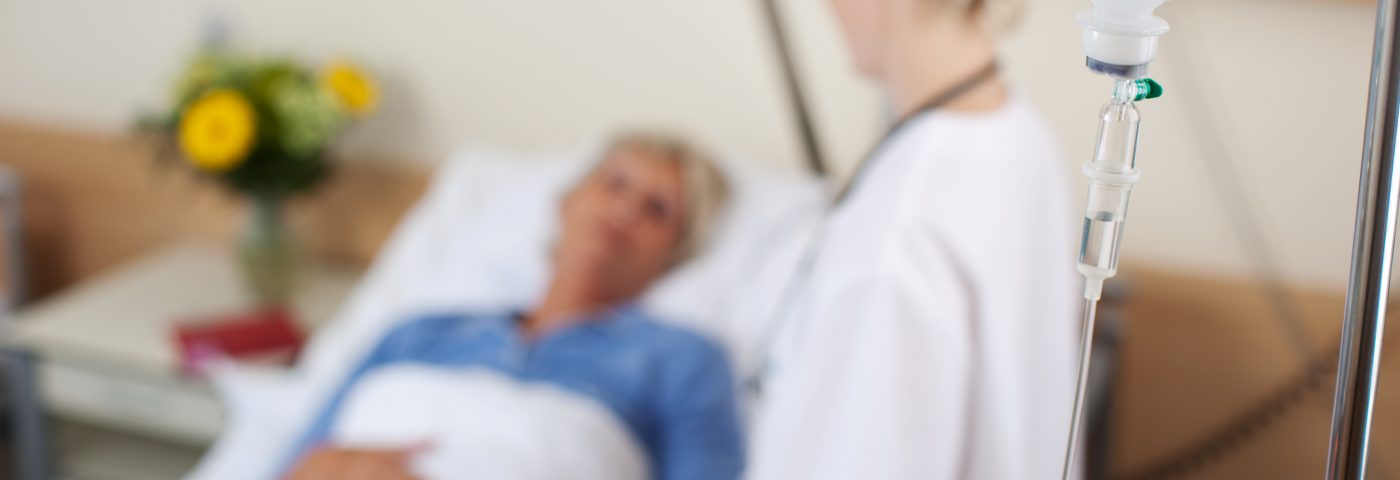California-based Kite Pharma recently announced results from a large analysis of outcomes from chemorefractory diffuse large B-cell lymphoma, showing that these chemotherapy-resistant patients typically have a poor prognosis, irrespective of disease stage, type of therapy, and refractory subgroup. The data underscores the urgent need for new therapies for these patients, different from all current therapies.
“Little is known about the outcomes of people with chemorefractory diffuse large B-cell lymphoma, leaving a large gap in the treatment landscape. These data help to track the course of the disease and provide an important historical benchmark for studies in this patient population,” said David Chang, Kite’s executive vice president of Research and Development, and its chief medical officer. “We are proud to partner with clinicians, scientists, and researchers at MD Anderson Cancer Center, the Mayo Clinic, the University of Iowa, the Canadian Cancer Trials Group, and LYSARC to help establish a better understanding of the disease to determine how best to treat patients with chemorefractory diffuse large B-cell lymphoma.”
The data — presented at the 2016 American Society of Clinical Oncology (ASCO) Annual Meeting June 3-7 in Chicago — stem from the SCHOLAR-1 study, including data from several previous Phase 3 clinical trials.
The Canadian Cancer Trials Group, and the Lymphoma Academic Research Organization (LYSARC), contributed data from two studies, while the MD Anderson Cancer Center, the Mayo Clinic and the University of Iowa Specialized Programs of Research Excellence (SPORE) supplied data from large retrospective databases.
This allowed the research team to evaluate 635 patients with chemotherapy-resistant diffuse large B-cell lymphoma. Patients were considered chemorefractory if their best response to chemotherapy was a stabilization or progression of disease. They also had to have a history of at least four rounds of first-line or two rounds of later-line therapy, or a relapse 12 months or less from autologous stem cell transplant.
Patients were also required to have received an anti-CD20 monoclonal antibody, if not proven CD20 negative, and an anthracycline drug included in their earlier treatment regimens.
The study, titled “Outcomes in refractory aggressive diffuse large b-cell lymphoma (DLBCL): Results from the international SCHOLAR-1 study,” showed that the overall response rate, including patients with both a complete and partial response, was 26 percent. Only 8 percent of the 635 chemotherapy-resistant patients went into complete remission.
Data across the various sites and data sets ranged between 21-31 percent for overall response rate, and 2-15 percent for a complete response. Patients had a median survival time — not linked to disease state, type of treatment and refractory status — of 6.6 months.
“These study results are important because they confirm the regrettable outcomes that have been observed in the clinical setting for people with this difficult-to-treat form of diffuse large B-cell lymphoma,” said study co-author Dr. John Kuruvilla, associate professor of medicine at the University of Toronto, and a clinical investigator in the Department of Medical Oncology at Princess Margaret Cancer Centre in Toronto.
“While diffuse large B-cell lymphoma is considered curable with initial chemotherapy-based treatment, patients with chemorefractory diffuse large B-cell lymphoma have limited-to-no treatment options and historically poor outcomes, underscoring the significant need for new therapies.”


